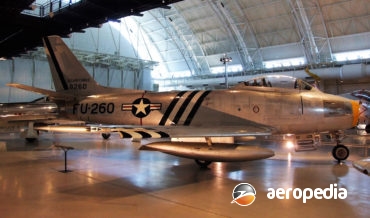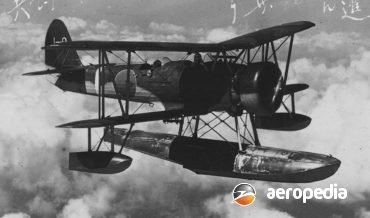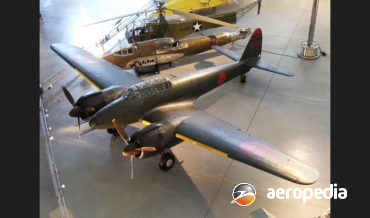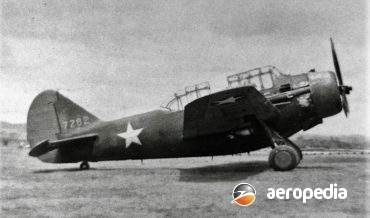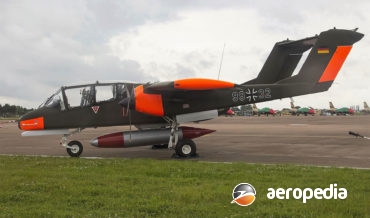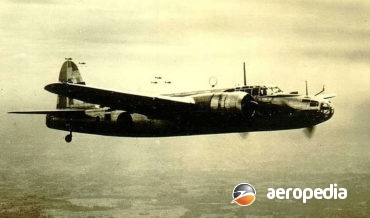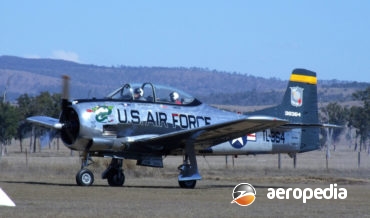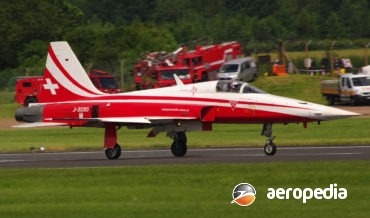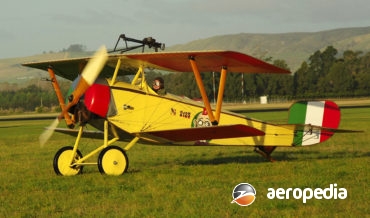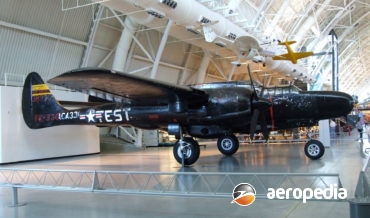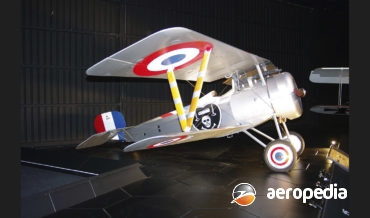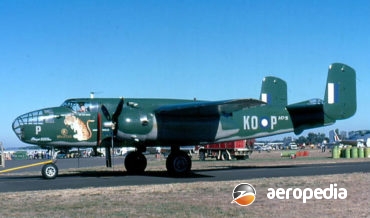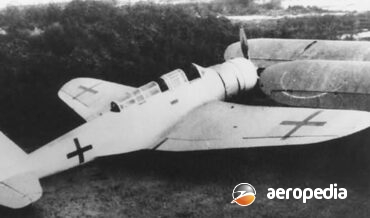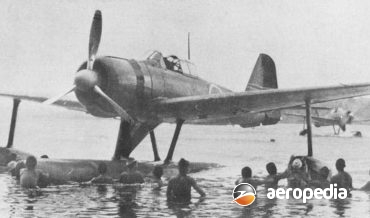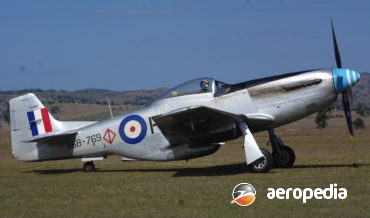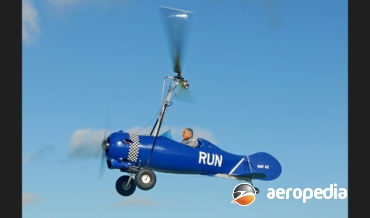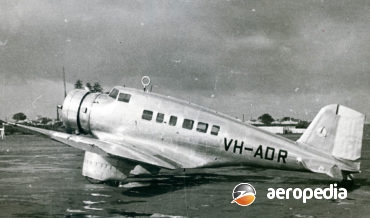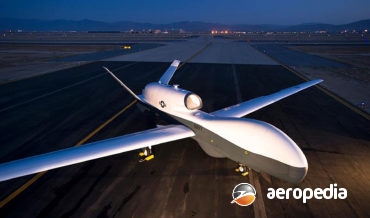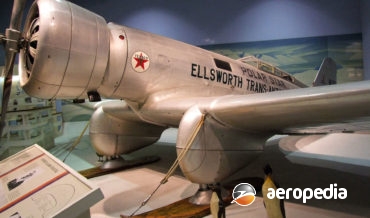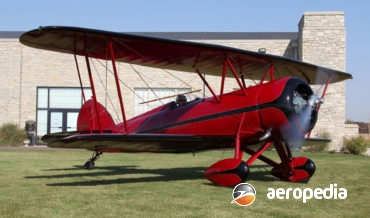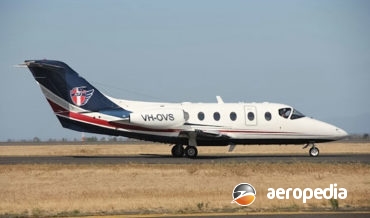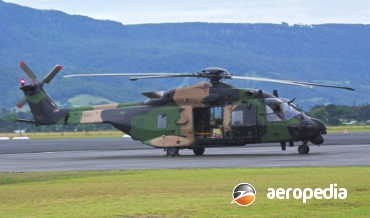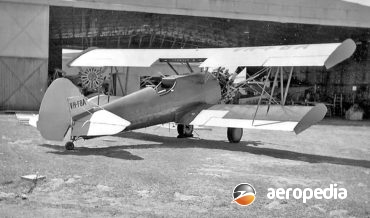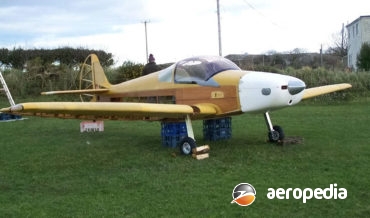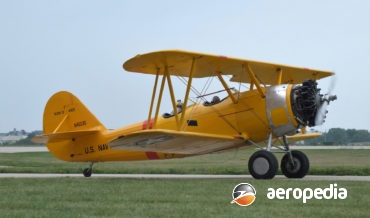All Contents
Contents
This aircraft was a light parasol-wing light aircraft built and flown in the 1930s in the Newcastle area.
David C. Eyre
- May 25, 2020
The Normoyle Mk I, one example of which has been completed as 19-3669, is an Austflight Drifter built by Patrick Normoyle in South Australia, his aircraft looking much like the Drifter but has some major modifications, particularly to the nose and windshield area.
David C. Eyre
- May 25, 2020
The Skitz was a one-off homebuilt light aircraft designed and built by Robert Noble and was registered as 19-3937 (c/n 6) on 1 July 2003 with Recreation Aviation Australia.
David C. Eyre
- May 25, 2020
Also known as the Owen Dull Gyrocopter, this company based at Roadvale, Qld has built a number of single and two-seat gyrocopters for the Australian market, including G-121, G-132, G-153, and G-241, the latter being similar in appearance to a RAF 2000.
David C. Eyre
- May 25, 2020
In November 1944 North American initiated the design (NA.134) of a high-performance fighter aircraft to be powered by a turbojet engine and in May 1945 a contract was received for three XP-86 single-seat fighters.
David C. Eyre
- May 19, 2019
The Japanese Navy issued a specification in 1933 for the development of a two-seat reconnaissance aircraft to operate from vessels of the Imperial Japanese Navy. Three new types were entered in the competition, from Aichi, Kawanishi and Nakajima.
David C. Eyre
- May 19, 2019
When production ceased, some 15,000 North American NA-16s in a variety of versions had been built in the USA, or under licence in the Netherlands, Sweden, Japan, Canada, and, in Australia in much modified form as the Wirraway.
David C. Eyre
- May 19, 2019
The J1N1 Gekko (moonlight) was conceived by the Japanese Naval Bureau of Aeronautics in June 1938 for a twin-engine fighter, and the Nakajima Hikoki K K put forward a proposal designed by a team lead by Katsuji Nakamura, which was accepted, a contract being awarded in 1939, and the prototype
David C. Eyre
- May 19, 2019
The O-47 was an observation aircraft built for the US Army. Accommodation was provided for three in tandem under a large canopy.
David C. Eyre
- May 19, 2019
Work on the Ki.84 series commenced in early 1942, being aimed at eventually replacing the Ki.43 in Imperial Army service. The prototype was rolled out in March 1943 at Ojima airfield.
David C. Eyre
- May 19, 2019
In 1963 a specifications was evolved by the US Navy for a Light Armed Reconnaissance Aircraft with mission profiles to cover armed reconnaissance, close air support, helicopter escort, personnel and cargo transportation, photographic and target reconnaissance, and forward air control.
David C. Eyre
- May 19, 2019
The “Oscar”, as it was known to the allies, proved to be a very successful fighter in combat early in its career.
David C. Eyre
- May 19, 2019
Following the decision to fit the Rolls Royce Merlin in the Mustang, the Packard Motor Co began licence production of the engine at its Detroit facility, the engine to be fitted to the P-51B.
David C. Eyre
- May 19, 2019
The Nakajima Ki-49 series known as the Donryu (Storm Dragon) was designed to supercede the Mitsubishi Ki-21 bomber, which was then just entering Japanese Army service, and the prototype (c/n 4901) was first flown in August 1939.
David C. Eyre
- May 19, 2019
The T-28 series of aircraft was designed by North American Aviation as a replacement for that Company’s very successful T-6 series as a standard basic trainer for the US military services, but in the event it was not particularly successful in that role and was developed into a counter insurgency
David C. Eyre
- May 19, 2019
Following the conclusion of World War II large numbers of ex-RAAF aircraft were sold from military bases in Australia as the aircraft were no longer required, most being scrapped for their metal value. Amongst these were Avro Ansons and Airspeed Oxford twin-engine trainers.
David C. Eyre
- May 19, 2019
In 1954 the USAF issued a requirement for a supersonic trainer and the Northrop Corporation entered the N-156T trainer, at the same time developing a single-seat variant known as the N-156F. The two-seater became the T-38 Talon, the prototype making its first flight at Edwards Air Force Base on 10
David C. Eyre
- May 19, 2019
Edouard de Nieuport, one of the pioneers of early flight, began design of a monoplane in 1905, and set up a facility at Suvesnes in 1909 where a number of advanced designs were built under the name Nieuport.
David C. Eyre
- May 19, 2019
The P-61 Black Widow was built to meet a USAAF specification issued in 1940 for a large heavily armed night fighter.
David C. Eyre
- May 19, 2019
Development of the Nieuport series continued during World War I, and new models introduced included the Types 23, 24 and 27.
David C. Eyre
- May 19, 2019
The AJ-1 Savage was the first aircraft in the category of bomber with a strategic capability designed and built for the US Navy. On 13 August, 1945 a design competition was announced for a carrier-based aircraft capable of carrying a 4,536 kg (10,000 b) bomb, the contract being awarded to
David C. Eyre
- May 19, 2019
The B-25 Mitchell was probably the best all-round light-to medium twin-engine bomber to be operated on the Allied side during World War II. Named after Colonel William (Billy) Mitchell, an exponent of aircraft for bombing, the type became well known when a flight of Mitchells was flown from the flight
David C. Eyre
- May 19, 2019
The B5N series (Type 97 Attack Bomber) was designed by the Nakajima Aircraft Co Ltd of Ota, Japan as a carrier-borne dive bomber, the prototype fitted with a 574 kw (770-hp) Nakajima Kikari 3 radial engine, first flying in January 1937.
David C. Eyre
- May 19, 2019
Single-engine fighter and fighter-bomber seaplaneDue to the lack of available airstrips on some of the islands Japanese forces were taking during World War II it was decided to develop a floatplane fighter version of the Mitsubishi A6M Zero-Sen fighter, and, as Mitsubishi was fully involved in producing the land-based variant,
David C. Eyre
- May 19, 2019
The history of the design and development of the Mustang is well known and documented and is too long to deal with here.
David C. Eyre
- May 8, 2019
Following the introduction in the United Sates of US FAR 103 regulations for Ultralight Vehicles, a number of companies produced ultra-light aircraft to the market which complied with these regulations, one of these being the Pitbull gyrocopter.
David C. Eyre
- May 8, 2019
The Northrop Delta 1-D was produced in 1935 as an eight passenger derivative of the Northrop Gamma 2-D of 1933. The Delta was an advanced airliner for its time and used the same wing and undercarriage as the Gamma but was fitted with a larger fuselage to accommodate the passengers.
David C. Eyre
- May 8, 2019
The MQ-4C is a development of the Northrop Grumman RQ-4 Global Hawk and is an unmanned aerial vehicle developed for the United States Navy as a surveillance aircraft and has been developed under the Broad Area Maritime Surveillance (BAMS) program.
David C. Eyre
- May 8, 2019
In the early 1930s Northrop Corp, which at this time was operating from a facility at Mines Field at Los Angeles Municipal Airport, designed and built the single-engine Delta, which was an enlarged Alpha. However, at the same time the new Company built two Model 2 Gammas, being single or
David C. Eyre
- May 8, 2019
The N-3 Pup was a designed by Robert Counts in 1990 as a single-seat 75% scale replica of the Piper J-3 Cub series.
David C. Eyre
- May 8, 2019
Designed by the company Peter Nunn & Associates Pty Ltd of Fitzroy, North Victoria, the prototype PN-2 (VH-PII - c/n P-002) is an all-metal two-seat low-wing monoplane with a bubble canopy powered by a converted Mazda 13B rotary motor-car engine.
David C. Eyre
- May 8, 2019
Advance Aircraft Company, which later became the Waco Aircraft Company, is well known for building light passenger aircraft in the 1920s and a number of examples of the series have operated in this part of the World.
David C. Eyre
- May 8, 2019
This aircraft was designed as a three-man-powered aircraft following the announcement of a competition by Henry Kremer, a British Industrialist, for interested builders to design, construct, and fly a human-powered aircraft over a figure-of-eight course covering a distance of 1.6-km (1-mile), the course to include a 3.048-m (10-ft) pole that
David C. Eyre
- May 8, 2019
In recent years Nextant Aerospace of Cleveland, Ohio, has been re-manufacturing Beech 400 business jets. The company was founded in 2007 and was the first company to introduce the concept of re-manufacturing business jets.
David C. Eyre
- May 8, 2019
The Nexus Mustang was designed by Richard Eaves of London, Ontario, Canada, who commenced building homebuilt aircraft in 1962. After building a Corben Baby Ace and a Bushby Mustang, and visiting an EAA event at Oshkosh, he decided to build an aircraft of his own design which suited his requirements.
David C. Eyre
- May 8, 2019
The prototype of the Soviet designed Yakovlev 18 series was flown for the first time in 1945 and, after entering production in 1947, saw extensive service with the Soviet Airforce, and the airforces of Austria, China, Czechoslovakia, North Korea, Poland, East Germany, Egypt and Hungary.
David C. Eyre
- May 8, 2019
The NH-90 has been developed by NH Industries, a consortium set up by France, Germany, Italy and The Netherlands, comprising Eurocopter, Agusta Westland and Stork Fokker Aerospace, to produce a medium sized utility helicopter for the armies and navies of those countries. The design was initiated by Britain, France, Italy
David C. Eyre
- May 8, 2019
The National NA-75 was a conversion of the Boeing PT-17 Stearman two-seat training biplane, of which many became available after World War II from the US services, and a number of schemes were put in place to convert them for agricultural use.
David C. Eyre
- May 8, 2019
The Menestrel family of light sporting aircraft was designed by Henry Nicollier in France as a low-wing, single-engine, light aircraft for amateur construction. This family of aircraft included both single-seat and two-seat variants.
David C. Eyre
- May 8, 2019
The N3N series of biplane trainers was designed and produced by the US Navy’s Bureau of Aeronautics.
David C. Eyre
- May 8, 2019
Recent Comments
Archives
Categories
- No categories
Categories
- No categories
Latest Posts
Newsletter


